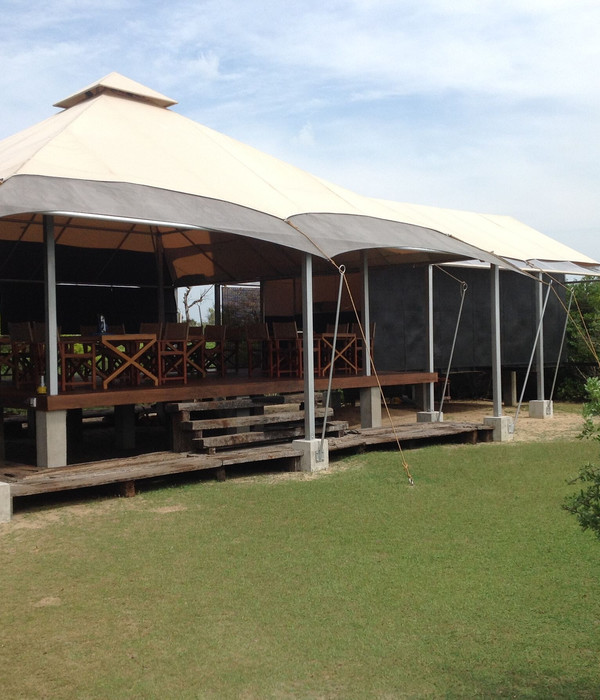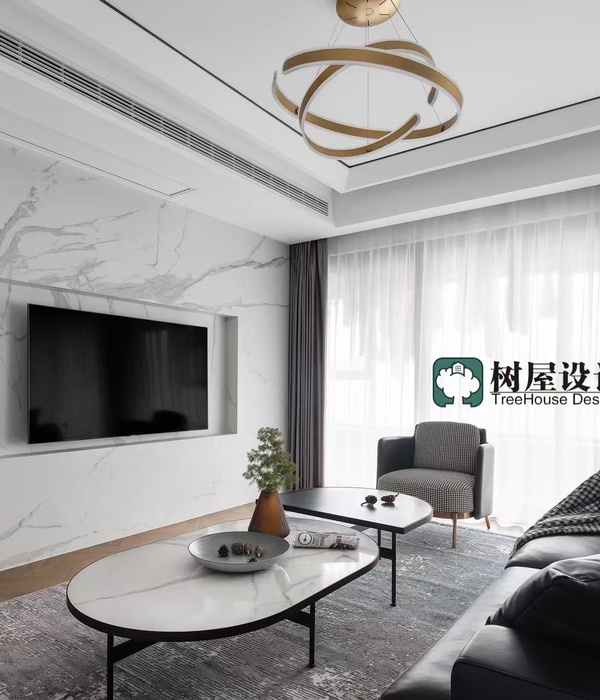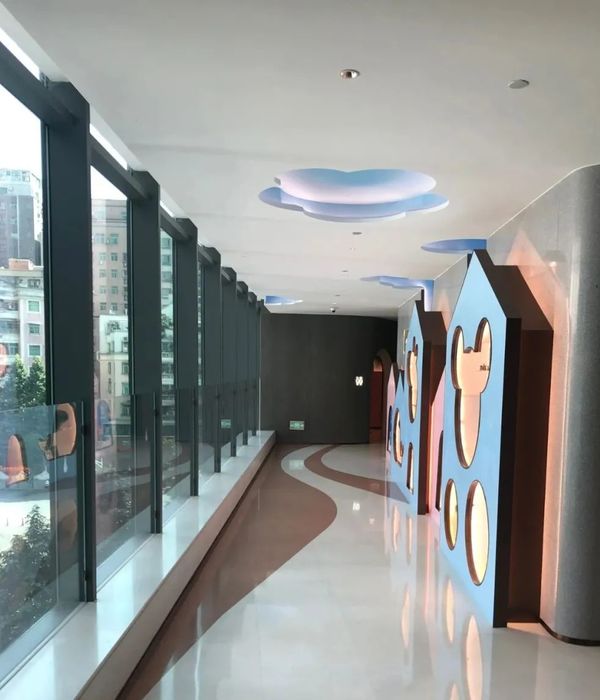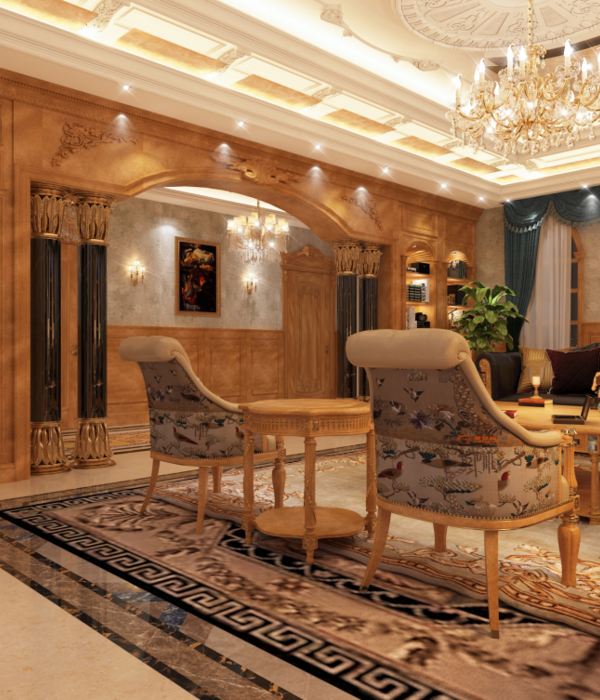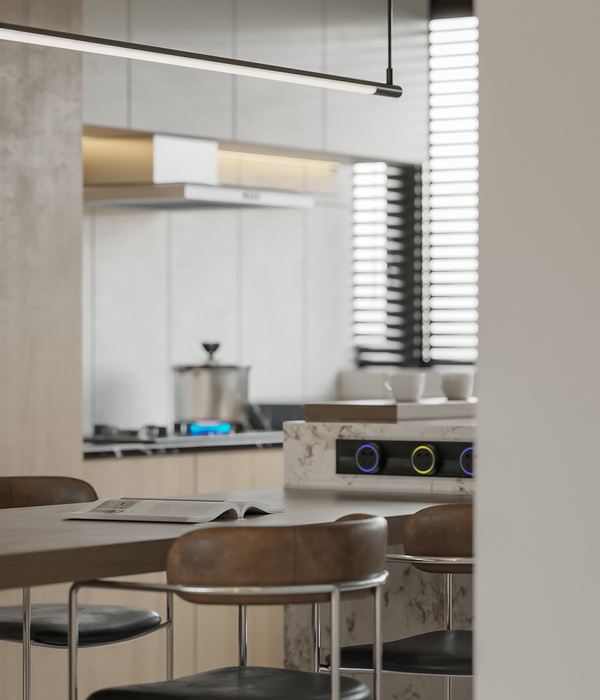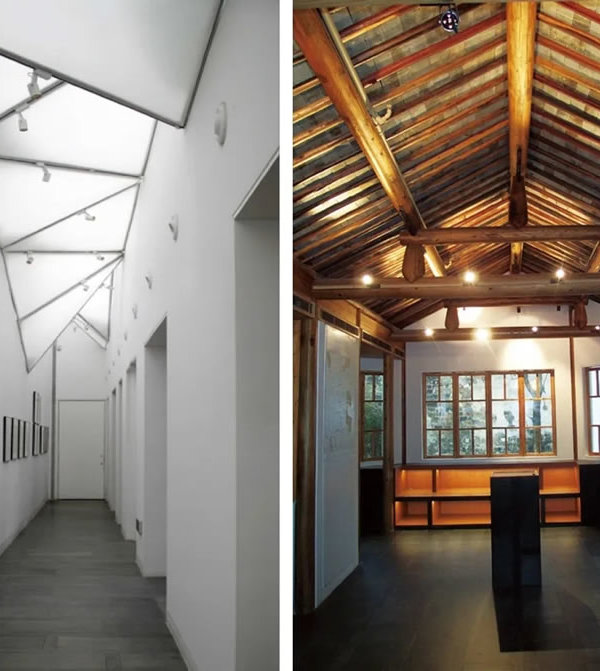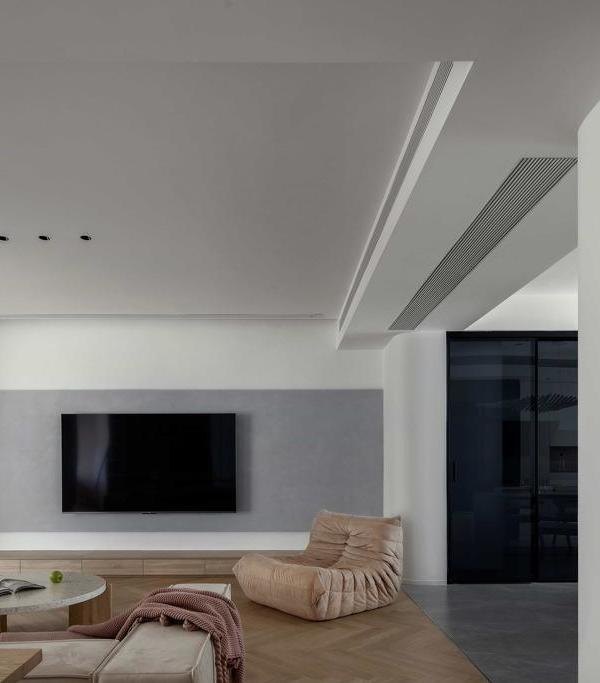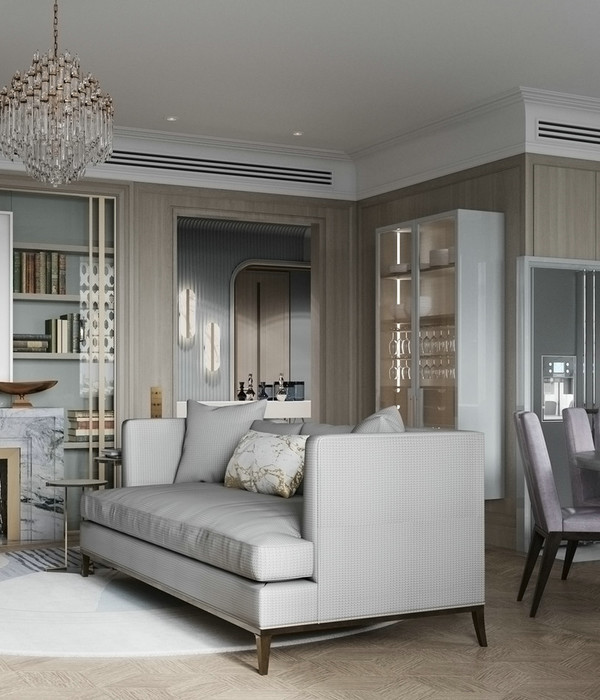When French architect Benoit Dupuis arrived in Paris from his native Normandy at age 17, he experienced what he calls a “double shock,” discovering the beauty of the city and the people who lived there. Describing his first visit to the City of Light, Benoit says, “I remember seeing Notre-Dame on that stormy day, and I said to myself, ‘
is a place to live.’” Decades later, he is still in Paris and now resides in the trendy Ninth Arrondissement, sandwiched between Pigalle to the north and the Place Saint Georges in the south.
A midcentury rosewood desk by Herman Miller is surrounded by leather and stainless steel armchairs. The vintage Arteluce light by Italian designer Paolo Rizzato can be adjusted to illuminate various parts of the room while an Andy Warhol print from 1972 adds a jolt of color. A bouquet of peonies from Benoit's local florist Debeaulieu is displayed in a Portuguese vase by Artur José. The bright red shutters were designed by Benoit.
Benoit’s apartment, located on the second floor of a late-19th-century building, was already very familiar to the architect: He had updated the unit six years ago for venerated shoe designer Christian Louboutin and his business partner Bruno Chamberlain. They considered opening their first boutique in it but decided to leave the space, and when they did, they offered it to Benoit. The architect now shares the apartment with his partner in life and work, Luis Placido de Abreu. “The volumes were here and I just accompanied what existed,” says Benoit of making the flat his own. “I rethought the palette.”
The living room is anchored by a wool carpet designed by André Arbus from La Manufacture Cogolin, which is surrounded by a mix of vintage seating furniture by Le Corbusier, Pierre Jeanneret, and Charlotte Perriand. Benoit designed the black oak veneer and metal wall piece and the unique bookcase.
The intention was always to keep the kitchen and bathroom as they were and respect the original moldings and wooden floors. “I found the oak parquet so beautiful—they are old and not over-varnished,” he recalls. One of the most striking features of the flat are the unusual shutters he designed, which open like an accordion. “They add a more lively sense of light and are nuanced,” Benoit says, referring to the two tones of white paint he used to give the panels extra dimension. (Fun fact: The first time he designed interior shutters was for Keith Richards, a client in the early days of his career.)
A set of 40/4 chair by David Rowland from 1964 line one side of a table designed by Benoit. A vintage sconce from a French train is seen on the far wall. Benoit painted the shutters two different tones of white to add dimension.
Benoit is also responsible for all of the built-in furniture throughout the apartment, and it was the first time designing pieces for himself. “I am clearly inspired by Le Corbusier, and as you can see, I love Alvar Aalto. I like the minimal spirit, and they are both architects and designers, like I am,” he notes.
Vintage chairs from the Concorde lounge by Pierre Paulin face four stacking chairs by Alvar Aalto from 1929. The white cabinets were designed by Benoit.
When he is not at home, Benoit is working on Louboutin’s château and a collaboration with a very close friend of his, interior designer Cathy Vedovi. They formed a company called Dupuis Vedovi and are opening their first office in Venice. Why Venice? “A lot of people pass through and we are in a palace on the Grand Canal,” he explains. "We will be showing some interesting propositions with art and this will be a place to exhibit, meet, and work.” Back in Paris, the architect will be embarking on a much smaller project, adding a little terrace to his apartment—just a small outdoor space for two.
Benoit designed the detailed closets and flanking the bed, and painted a tonal white headboard directly onto the wall. The vintage sconces are by Charlotte Perriand and the bedcover is a Pierre Frey fabric. In the corner is a vintage Mies van der Rohe chair from Nilufar in Milan.
{{item.text_origin}}

